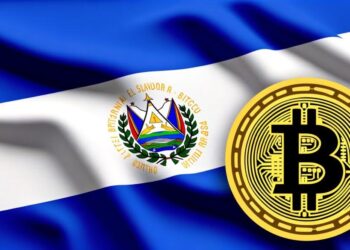Solana’s native cryptocurrency,
SOL
, dropped by almost 3% in early trading on November 17 following the debut of
VanEck’s zero-fee Solana ETF
(VSOL), a significant milestone for institutional engagement with the high-speed blockchain. The ETF, which
eliminates sponsor fees for the first $1 billion in assets
managed until February 2026, is designed to leverage Solana’s rising popularity among institutions looking for access to its fast and cost-effective network. Even with the price dip,
Solana
ETFs—such as Bitwise’s
BSOL
and Grayscale’s GSOL—have accumulated
more than $350 million in net inflows since October
, highlighting ongoing interest despite broader volatility in the crypto sector.
VanEck’s
VSOL
is operated in collaboration with
SOL Strategies
, a Canadian company running ISO 27001 and SOC 2 certified validators. This partnership
highlights the demand for institutional-level staking services
, with both organizations waiving fees during the ETF’s initial stage to encourage early participation. SOL Strategies’ Orangefin validator, which secures over $4.37 billion in staked assets, will provide staking for the ETF, giving investors access to Solana’s average 7% staking yield—a notable advantage over
Bitcoin
and Ethereum’s lower yields. “
This collaboration demonstrates our infrastructure strength and growing institutional interest
,” stated Michael Hubbard, interim CEO of SOL Strategies.
The introduction of VSOL comes as Solana ETFs outperform their Bitcoin and
Ethereum
equivalents. While Bitcoin spot ETFs experienced $3 billion in outflows over the three weeks leading up to November 14, Solana and
XRP
ETFs
attracted a combined $500 million in inflows
, indicating a move toward altcoins with greater yield prospects.
Experts point to this shift
as a result of Solana’s distinctive Proof of History (PoH) consensus, which allows for fast transaction speeds and scalability, making it a top choice for decentralized finance (DeFi) and tokenized assets. Fidelity and Canary Marinade have recently
broadened the market with new Solana ETFs
, intensifying competition and fueling institutional interest.
Solana’s Proof of History consensus system delivers high-speed transactions and scalability, positioning it as a leading platform for DeFi and tokenized assets.
This design enables high throughput and minimal latency, which is essential for institutional players seeking robust and efficient staking and trading solutions.
Technical analysis indicates
the token is maintaining key support levels, with ETF-driven buying helping to steady market sentiment.
Despite inflows into ETFs, SOL’s value has declined by over 20% since late October, reaching $134.35 on November 17.
Technical signals point to a possible recovery
, as the token remains above important support and ETF activity helps stabilize sentiment. “
Institutions are buying at the lows
,” a source commented, noting that significant whale accumulation and 15 straight days of positive ETF flows suggest a long-term outlook. Still, there are risks, such as staking penalties, validator outages, and regulatory ambiguity, which could affect liquidity during turbulent markets.
Market analysis suggests
these elements could sway investor confidence during periods of volatility.
The expanding ETF landscape has also
fueled speculation about XRP and Dogecoin ETFs
, with Canary Capital’s XRP ETF recording $250 million in trading volume on its first day. As traditional financial institutions increase their involvement in crypto, Solana’s institutional uptake may set the stage for wider acceptance of blockchain assets. However, uncertainty persists, with macroeconomic challenges and large-scale selling—such as Jump Crypto’s $200 million SOL sale—putting pressure on short-term prices.
At present, the balance between ETF-driven demand and network fundamentals
will likely decide if Solana can break out of its current range and revisit its January peak of $295.




